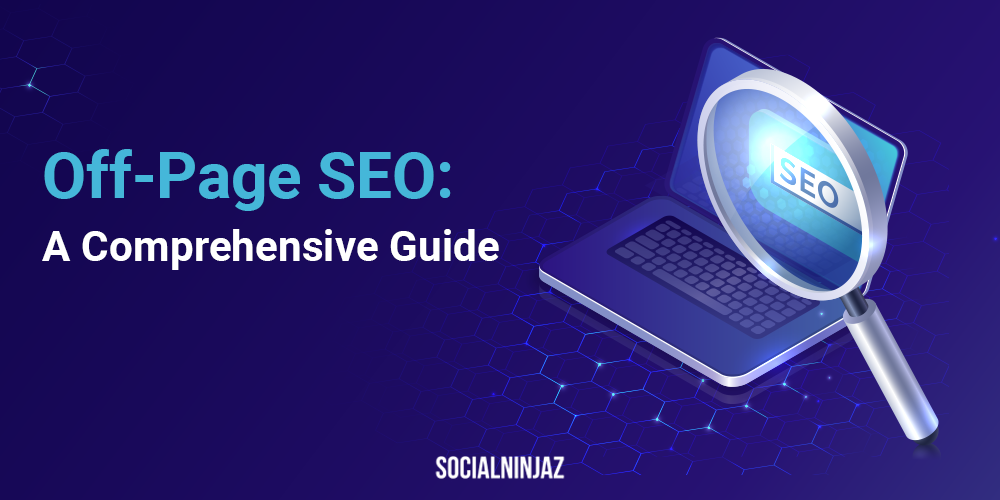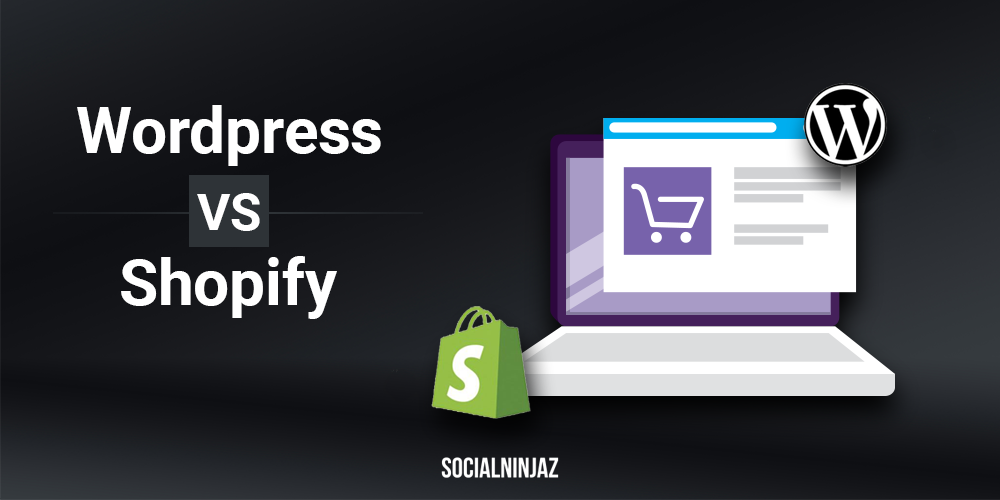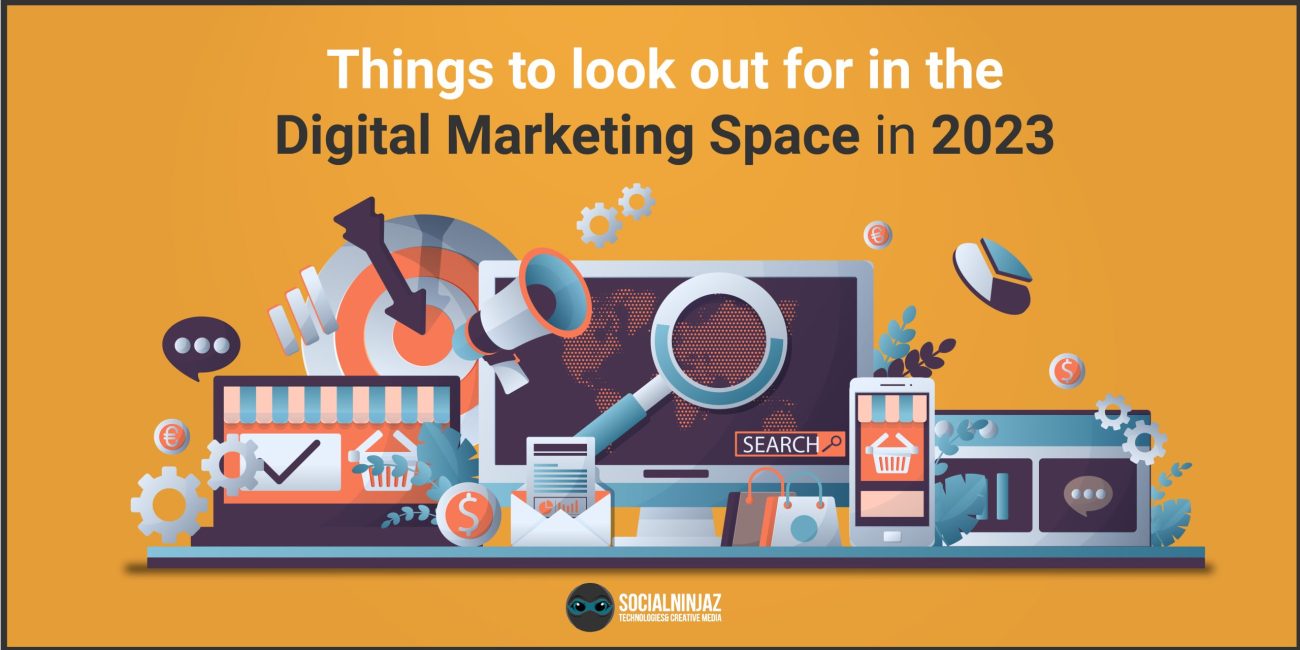In today’s digital age, advertising has become an essential aspect of businesses. It has evolved from traditional forms of advertising to digital advertising, where Search Ads and Display Ads are the most commonly used methods. Search Ads and Display Ads have their own unique characteristics, advantages, and disadvantages, which can make it challenging for businesses to decide which one to use for their marketing campaign. Let’s delve into the differences between these to help you decide which is best for your business.
Table of Contents
ToggleWhat are Search Ads?
Also known as search engine advertising or paid search, are text-based ads that appear on search engine results pages (SERPs). Advertisers bid on specific keywords related to their business and target audiences, and their ads are displayed when users search for those keywords. Google Ads, Bing Ads, and Yahoo! Ads are all examples of search ads.
What are Display Ads?
Display ads are graphic-based ads that appear on websites, apps, and social media platforms. Display ads, unlike search ads, are tailored based on user demographics, interests, and behavior rather than search queries. Advertisers use different ad formats, such as images, videos, and interactive ads, to engage with their audiences. Display ads are usually used in Google Display Network, Facebook Ads, and other ad networks.
Targeting and Audience
Search ads are highly targeted, as they are based on search queries that users enter into the search engine. Advertisers can target specific keywords, locations, languages, devices, and times of day to reach their audiences. For instance, if you’re a restaurant owner in Delhi, you can bid on the keywords “best Italian restaurant in Delhi” and target users who search for those keywords within a specific radius of your location.
On the other hand, display ads offer a broader targeting range. Advertisers can target specific audiences based on their demographics, interests, behaviours, and other factors. For instance, if you’re a fashion retailer, you can target those with an interest in fashion, follow fashion blogs, or have purchased from similar retailers earlier.
Ad Format and Creatives
Search ads are text-based ads that include a headline, description, and URL. Advertisers can add ad extensions, such as call extensions, location extensions, and site link extensions, to enhance their ads’ visibility and performance. These are usually plain and straightforward, but they can still attract users’ attention with a compelling headline and description.
Display ads, on the other hand, offer more creative freedom and can include images, videos, and interactive elements. Advertisers can choose from various ad formats, such as banner ads, video ads, native ads, and responsive ads, to match their creatives with the platform’s requirements. Display ads can be more visually appealing and stimulating, but can also be intrusive and annoying if not designed well.
Cost and ROI
Search ads are cost-per-click (CPC) ads, meaning advertisers pay only when someone clicks on their ad. The cost of each click varies depending on the competition level of the keyword and the ad’s quality score. Advertisers can set a daily budget and bid for their desired keywords to control their ad spend. Search ads’ ROI is generally higher than display ads, as they target users actively searching for a product or service.
Display ads, on the other hand, are cost-per-impression (CPM) ads, meaning advertisers pay for every 1,000 impressions their ad receives. The cost of each impression varies depending on the ad’s targeting, placement, and ad network. Advertisers can set a daily budget and bid for their desired audiences to control their ad spend. Display ads’ ROI is generally lower than search ads, as they target users who may not be actively looking for a product or service.
In conclusion,
Search Ads and Display Ads have their own unique benefits and are essential for any successful digital marketing campaign. While Search Ads are more targeted, Display Ads have a broader reach and more creative latitude. It all boils down to the campaign’s aims and goals, and also its target audience. It is critical to grasp the distinctions between the two and how they might be employed to attain the desired results. By incorporating both in a marketing strategy, businesses can effectively capture the attention of potential customers and ultimately increase their online presence and revenue.





























